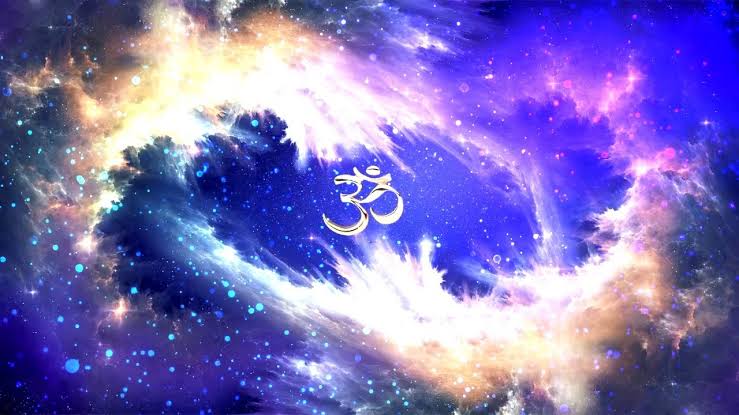In Hinduism, Om (or Aum) is the sacred syllable that represents the Supreme Being. It is considered to be the primordial sound of the universe, the sound from which all other sounds are created. Om is often chanted at the beginning and end of Hindu prayers and meditations, and it is also used as a symbol of the Hindu faith.
The three sounds of Om (A-U-M) are said to represent the three states of consciousness: waking, dream, and sleep. The A sound represents waking consciousness, the U sound represents dream consciousness, and the M sound represents dreamless sleep. When these three states of consciousness are united, they lead to the fourth state of consciousness, which is known as samadhi, or pure consciousness.
Om is also said to represent the three gunas, or qualities of nature: sattva, rajas, and tamas. Sattva is the quality of purity, rajas is the quality of activity, and tamas is the quality of inertia. When these three gunas are balanced, they lead to a state of harmony and peace.
The chanting of Om is a powerful way to connect with the Supreme Being and to experience the unity of all things. When we chant Om, we are aligning ourselves with the primordial sound of the universe, and we are opening ourselves up to the flow of divine energy.
Here are some of the benefits of chanting Om:
- It can help to calm the mind and reduce stress.
- It can improve focus and concentration.* It can boost creativity and intuition.
- It can promote relaxation and well-being.
- It can connect you with the divine.
If you are interested in learning more about Om and how to chant it, there are many resources available online and in libraries. You can also find Om chanting classes and workshops in many communities.

